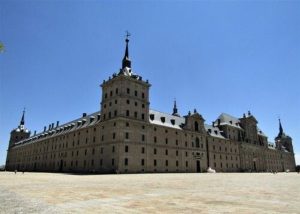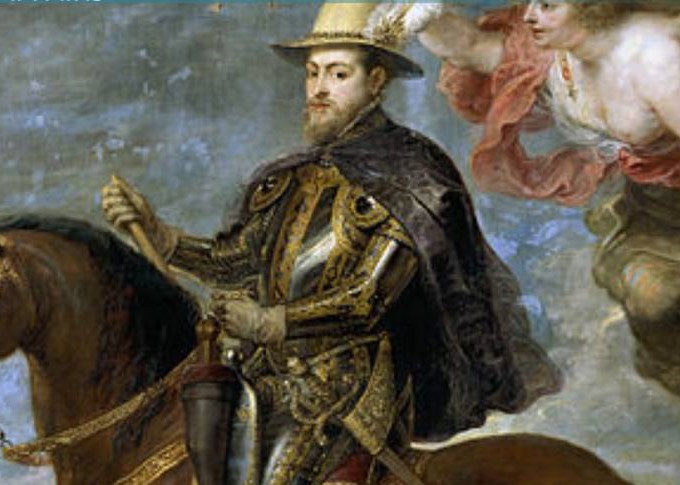To put things into perspective man has to know about the past. From the Romans to the present day, Spain has played an important role in the progression of the Western World. InSpain.news gives a resume of the history of Spain based on several (scientific) sources. This is part 11, Philip II. Read parts 1 here, 2 here, 3 here, 4 here, 5 here, 6 here, 7 her , 8 here , 9 here and 10 here.
Philip II, prosperity and decline of the world empire

Under Philip II, Spain reached the peak of its power. Enormous riches came from the world empire to the motherland, which also resulted in a great flourishing of art and literature. Philip II was in poor health and moved his residence to the mountains 43 kilometres outside Madrid where the air was healthier. The new residence, the Escorial, was built between 1563 and 1584. In addition to the royal palace it also included a monastery and a hospital. The Escorial is the largest Renaissance building in the world and is still completely intact. A visit takes a full day.

Spain became increasingly wealthy thanks to the ever-increasing revenues from the colonies. Corruption was rampant in the euphoria of the seemingly infinite amount of available resources. The nobility lived mainly on income from the state treasury allocated by the king and the proceeds of the rent on their territories.
The empire of Spain was always to expand its territory without actually having to go to war (an exception is the annexation of Portugal in 1580). Thus Spain had become a world empire in the 16th century. However, much of the wealth acquired was invested in mercenary armies. On the one hand to maintain the empire and on the other hand to defend Catholicism.
Philip II and his wars
Philip II, for example, waged several long wars. Emerging powers such as England, France and the Netherlands posed a threat to Spain’s overseas possessions. Catholicism also had to be defended against the reformation in the Netherlands. In the eastern Mediterranean, battle was fought against the advancing Islamic Turkish Empire at Lepanto, in present-day western Greece. A great empire is always at war somewhere. By the end of the 16th century, Spain employed around 100,000 mercenaries.
Decline of the Spanish empire
The wars were financed with revenue from the new world and with taxpayers’ money. The debts and interest obligations of the Spanish state became increasingly unbearable towards the end of the 16th century. So did the tax burden. The decline of the Spanish empire set in at the end of the reign of Philip II. Both militarily (1588, Armada defeated by the English) and economically (the mere suppression of the revolt in the Netherlands had led to a state bankruptcy) there were more and more setbacks.


